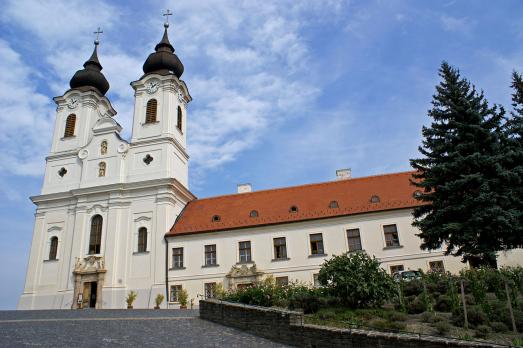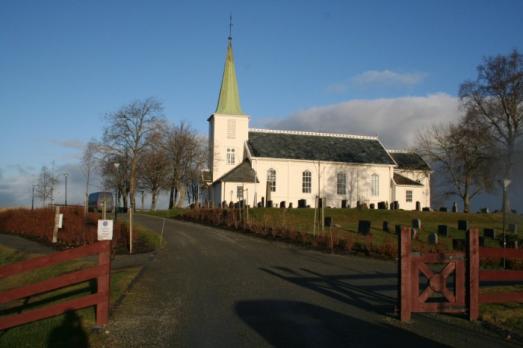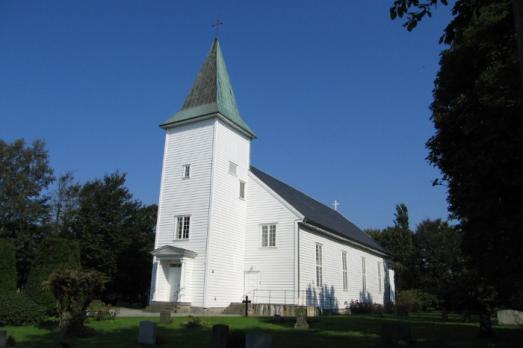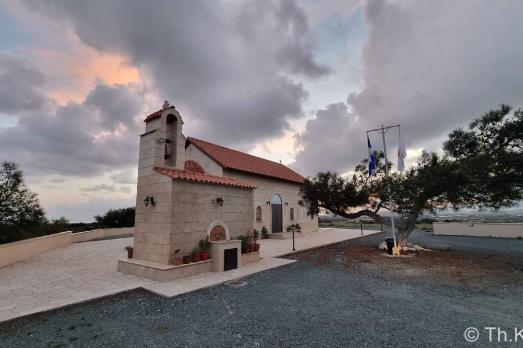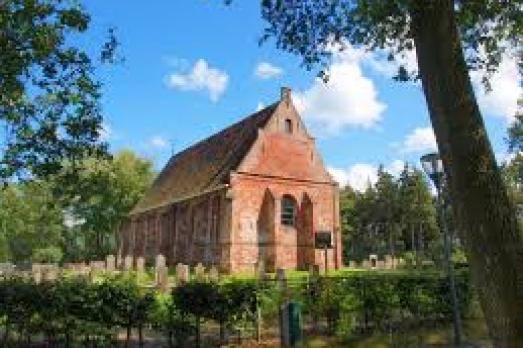
Thomas Church
Katlijk, NL
The Thomas Church in Katlijk is built with rose shops: bricks that are smaller than monastery mops. The current church dates back to 1525. On the north side of the church is a double bell tower seated on a gable roof. The bells are used for Sint-Thomasluiden (sounding bells between the 21 December and 31 December).

